Embarking on a journey to better digestive health often begins with what’s on your plate. The 14-Day GAPS Diet Meal Plan offers a structured yet approachable path designed to nurture the gut lining, reduce inflammation, and restore balance to the digestive system. Rooted in the principles of the Gut and Psychology Syndrome (GAPS) protocol, this two-week plan focuses on nutrient-dense, whole foods that aim to heal from within. Whether you’re new to the GAPS approach or seeking a clear roadmap to follow, this meal plan provides carefully curated recipes and guidance to support your body’s natural restoration process—one mindful meal at a time.
Table of Contents
- Understanding the Foundations of the GAPS Diet for Effective Healing
- Incorporating Nutrient-Dense Foods to Maximize Gut Restoration
- Crafting Balanced Meals with Fermented and Homemade Ingredients
- Strategies for Gradual Food Reintroduction to Avoid Digestive Setbacks
- Tips for Staying Motivated and Tracking Progress Throughout the Plan
- Q&A
- To Conclude
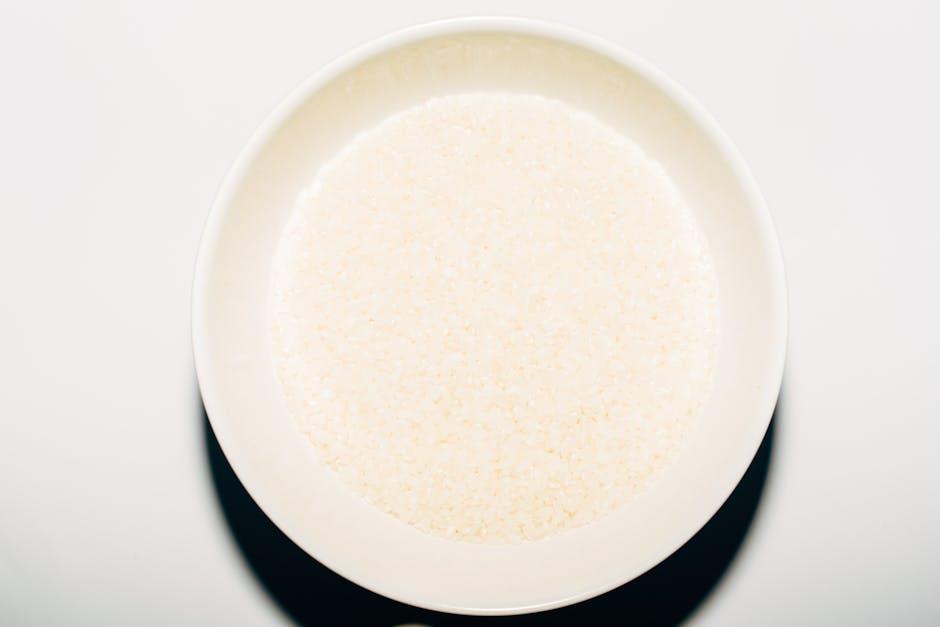
Understanding the Foundations of the GAPS Diet for Effective Healing
The GAPS diet is designed to nurture the gut lining and restore digestive health by focusing on nutrient-dense, easily digestible foods. At its core, this approach eliminates processed sugars, grains, and starches, which can irritate the gut, while promoting the consumption of homemade broths, fermented foods, and healthy fats. These food choices not only provide essential vitamins and minerals but also support the growth of beneficial gut flora, creating an environment conducive to healing and improved immunity.
Key principles driving this healing process include:
- Prioritizing homemade bone broths rich in collagen to repair the intestinal lining
- Incorporating fermented vegetables and probiotic-rich foods to rebalance gut bacteria
- Removing inflammatory foods that disrupt digestion and impede recovery
- Gradually reintroducing foods to monitor tolerance and identify sensitivities
| GAPS Diet Component | Role in Healing |
|---|---|
| Bone Broth | Supports gut lining repair with collagen and amino acids |
| Fermented Foods | Encourages growth of beneficial microflora |
| Healthy Fats | Provides sustained energy and reduces inflammation |
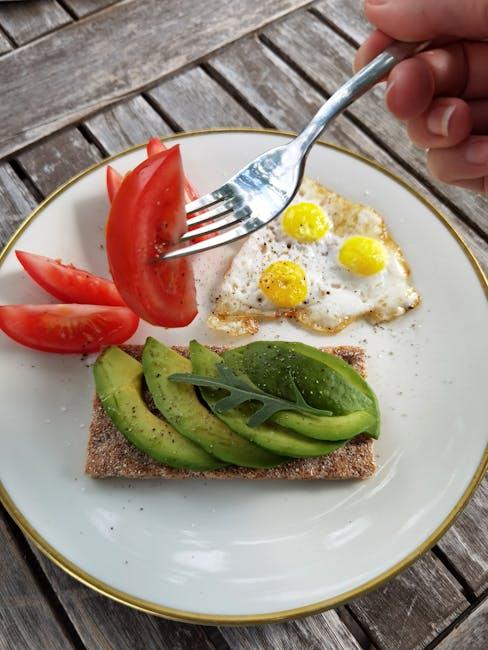
Incorporating Nutrient-Dense Foods to Maximize Gut Restoration
To truly heal and revitalize your gut during the 14-day GAPS diet, focusing on nutrient-dense foods is essential. These foods offer a wealth of vitamins, minerals, and beneficial compounds that support the delicate balance of your digestive tract. Incorporating bone broths, fermented vegetables, and organic meats ensures a rich supply of collagen, probiotics, and essential fatty acids that soothe inflammation and encourage the regeneration of gut lining cells. Don’t overlook colorful veggies like carrots, spinach, and squash, which are brimming with antioxidants pivotal for reducing oxidative stress.
Emphasizing a variety of these nutrient powerhouses not only maximizes gut restoration but also supports overall vitality. Here’s a quick reference table packed with gut-friendly nutrients to help you diversify your meals effectively:
| Food | Key Nutrient | Benefit |
|---|---|---|
| Bone Broth | Collagen & Amino Acids | Repairs intestinal lining |
| Fermented Vegetables | Probiotics | Balances gut microbiota |
| Grass-Fed Meat | Healthy Fats & Zinc | Supports immunity & repair |
| Leafy Greens | Antioxidants & Fiber | Reduces inflammation |
| Egg Yolks | Choline & Vitamins | Enhances cellular regeneration |
- Rotate your protein sources to maximize nutrient diversity.
- Include fermented foods daily to replenish beneficial bacteria.
- Prioritize fresh, organic produce for concentrated phytonutrients.

Crafting Balanced Meals with Fermented and Homemade Ingredients
Integrating fermented and homemade ingredients into your daily meals not only boosts flavor but also enriches your gut health, a core principle of the GAPS diet. Embrace natural fermentation with staples like sauerkraut, kimchi, and probiotic-rich yogurt to enhance digestion and nutrient absorption. Homemade bone broths and slow-cooked meats offer deep nourishment and an unprocessed ingredient guarantee, enabling you to truly control what enters your body. These components are perfect for crafting satisfying and healing meals that align with the diet’s focus on restoring gut flora and reducing inflammation.
To balance your plate effectively, consider these key components:
- Fermented foods: Pickled vegetables, kefir, and fermented fish sauces.
- Homemade proteins: Bone broth-based soups, stews with grass-fed meats, and slow-cooked eggs.
- Vegetables: Non-starchy options like spinach, zucchini, and carrots, either raw or lightly steamed.
- Healthy fats: Olive oil, coconut oil, and homemade ghee enrich meals and support satiety.
| Meal Component | Example | Fermented/Homemade Benefit |
|---|---|---|
| Protein | Beef stew with bone broth | Supports gut lining repair with collagen |
| Vegetables | Steamed zucchini and carrots | Provides antioxidants in an easy-to-digest form |
| Fermented | Homemade sauerkraut | Boosts probiotic diversity |
| Fat | Drizzle of homemade ghee | Promotes anti-inflammatory effects |

Strategies for Gradual Food Reintroduction to Avoid Digestive Setbacks
Introducing new foods after a strict GAPS diet phase requires patience and careful observation. Start with small portions, allowing your digestive system to gradually adjust without being overwhelmed. This method not only helps prevent uncomfortable symptoms like bloating or cramping but also enables you to pinpoint which foods your body tolerates best. Incorporate one new item every three days, paying close attention to your body’s responses.
Balancing variety and simplicity is key. Focus on nutrient-dense, easy-to-digest foods initially, such as steamed vegetables, bone broth, and fermented foods. Here’s a quick reference table to structure your approach:
| Food Group | Recommended Items | Portion Size | Observation Period |
|---|---|---|---|
| Vegetables | Steamed carrots, zucchini | 1-2 tbsp | 3 days |
| Broth & Soups | Homemade bone broth | 1 cup | 3 days |
| Fermented | Homemade sauerkraut, yogurt | 1 tbsp | 3 days |
- Keep a food journal: Document any changes in digestion or energy levels.
- Be mindful of timing: Introduce new foods early in the day to monitor effects overnight.
- Stay hydrated: Support digestion by drinking plenty of water throughout the day.
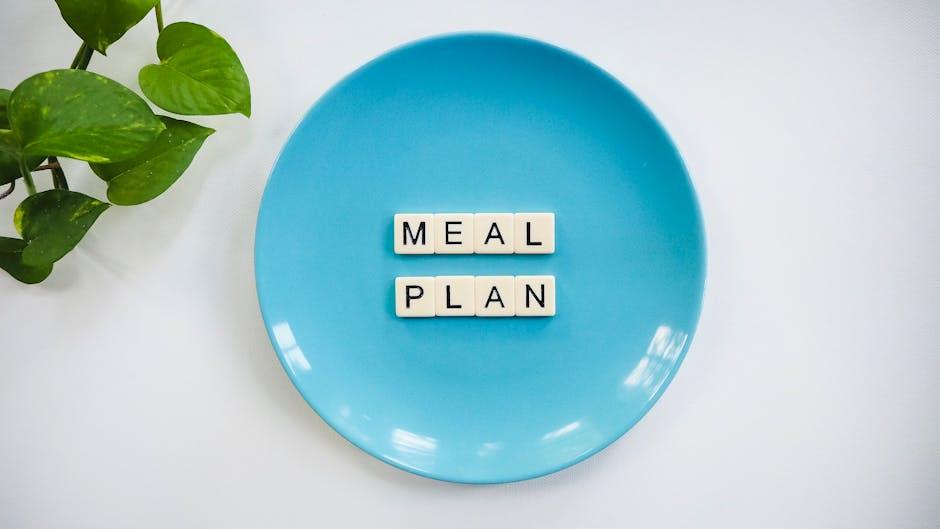
Tips for Staying Motivated and Tracking Progress Throughout the Plan
Staying motivated during your 14-day GAPS diet journey is key to achieving the best results. One effective approach is to set small, achievable goals each day or week, celebrating these wins to keep your momentum going. Consider using a journal or a mobile app dedicated to meal planning and health tracking. Visual progress trackers like charts or habit trackers can make your achievements tangible and rewarding, making it easier to stay committed even when challenges arise.
Tracking your progress doesn’t have to be complicated. Use simple tools like checklists to monitor your daily meals, symptoms, and energy levels. Here’s a quick reference table to help you track vital factors alongside your meal plan:
| Day | Meals Completed | Energy Level (1-10) | Notes |
|---|---|---|---|
| 1 | Breakfast, Lunch | 7 | Felt energized after lunch |
| 7 | All meals | 8 | Improved digestion |
| 14 | All meals | 9 | Clearer skin noticed |
- Review your notes weekly to identify patterns or foods that boost your well-being.
- Connect with support groups or online communities to share your journey and find encouragement.
- Adjust your plan based on progress, noticing what fuels your body best, making this personal transformation sustainable.
Q&A
Q&A: Everything You Need to Know About the 14-Day GAPS Diet Meal Plan
Q1: What is the 14-Day GAPS Diet Meal Plan?
A1: The 14-Day GAPS Diet Meal Plan is a structured two-week guide designed to follow the Gut and Psychology Syndrome (GAPS) nutritional protocol. Created by Dr. Natasha Campbell-McBride, it focuses on healing the gut lining through carefully selected, nutrient-rich foods while eliminating inflammatory and hard-to-digest items.
Q2: Who can benefit from this 14-day plan?
A2: Individuals struggling with digestive issues, autoimmune conditions, behavioral problems, or neurological symptoms linked to gut health may find this plan helpful. It’s also useful for anyone wanting to reset their digestive system with an elimination-style approach.
Q3: What kinds of foods are included in the meal plan?
A3: The plan emphasizes homemade broths, fermented vegetables, organic meats, fish, eggs, and plenty of non-starchy vegetables. It excludes processed foods, sugars, grains, and dairy initially, allowing gentle reintroduction over time.
Q4: How does the 14-day timeframe support healing?
A4: Two weeks is typically enough to reduce gut inflammation and rebalance gut flora, providing noticeable improvements in digestion and mental clarity. It’s a manageable commitment that sets the foundation for longer GAPS stages.
Q5: Is the meal plan difficult to follow?
A5: Though preparation requires some effort, especially with homemade broths and ferments, the plan offers clear, practical recipes and tips. Many find the structured nature motivating and appreciate the growing list of gut-friendly meals.
Q6: Can I customize the 14-Day GAPS Diet Meal Plan?
A6: Yes! Personalization is encouraged based on individual food tolerances and preferences. It’s advisable to consult a healthcare professional or a GAPS practitioner for tailored adjustments.
Q7: What results can I expect after completing the 14 days?
A7: Common benefits include improved digestion, reduced bloating, clearer skin, enhanced mood, and better energy levels. However, results vary depending on individual health conditions and adherence.
Q8: Are there any precautions to consider before starting?
A8: Since the plan is restrictive, it’s important to ensure you’re nutritionally balanced. People with certain medical conditions or on medication should seek medical advice before starting. Proper hydration and monitoring for adverse reactions are also crucial.
Q9: How does this meal plan differ from other detox or elimination diets?
A9: The 14-Day GAPS Diet Meal Plan is unique because it targets gut healing through specific nutrient-dense foods and fermented products that support restoring gut flora, rather than just eliminating common allergens temporarily.
Q10: Where can I find recipes for the 14-Day GAPS Diet Meal Plan?
A10: Many GAPS-related books, blogs, and nutritionists provide detailed recipes. Popular resources include Dr. Campbell-McBride’s original writings and reputable GAPS community websites offering meal templates.
This Q&A aims to demystify the 14-Day GAPS Diet Meal Plan and help readers decide if it’s the right step towards improved gut health and overall wellness.
To Conclude
Embarking on the 14-day GAPS diet meal plan is more than just a nutritional experiment—it’s a journey toward nurturing your gut and reclaiming balance within your body. With every carefully chosen ingredient and thoughtfully prepared meal, you’re supporting your digestive health and laying the foundation for lasting wellness. While the path may require commitment and a touch of creativity in the kitchen, the potential rewards extend beyond the plate, offering renewed vitality and a deeper understanding of how food truly fuels your well-being. Whether you’re starting out or continuing a longer GAPS journey, this meal plan serves as a practical, flavorful guide on your way to digestive harmony.







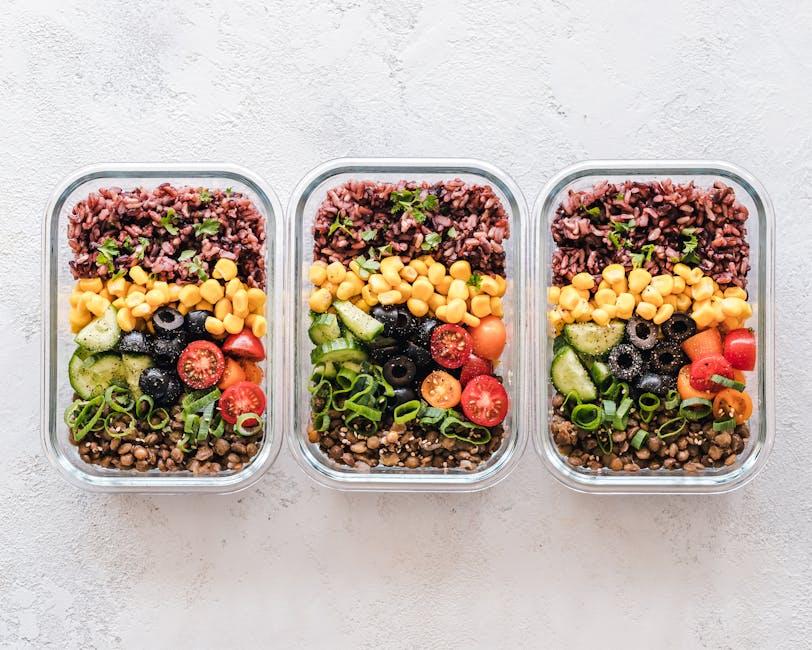

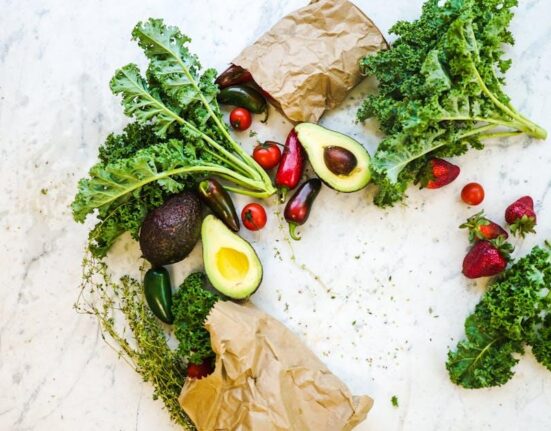
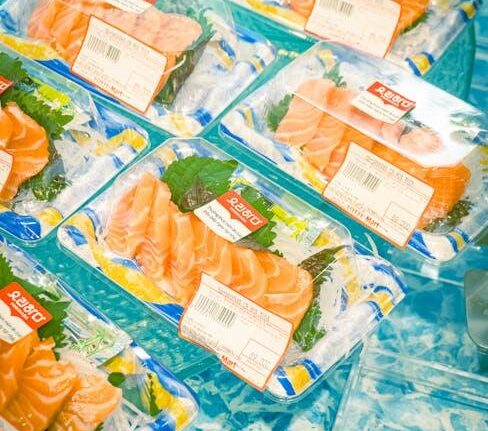
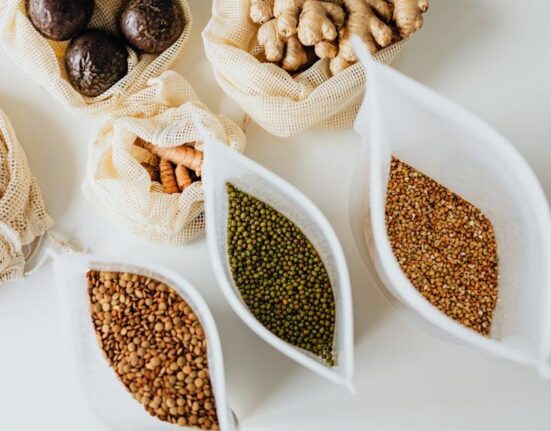

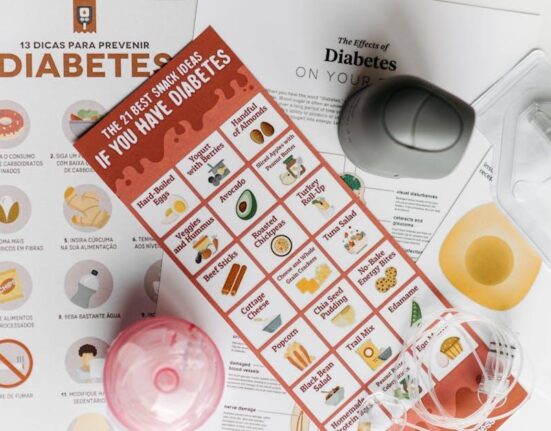
Leave feedback about this